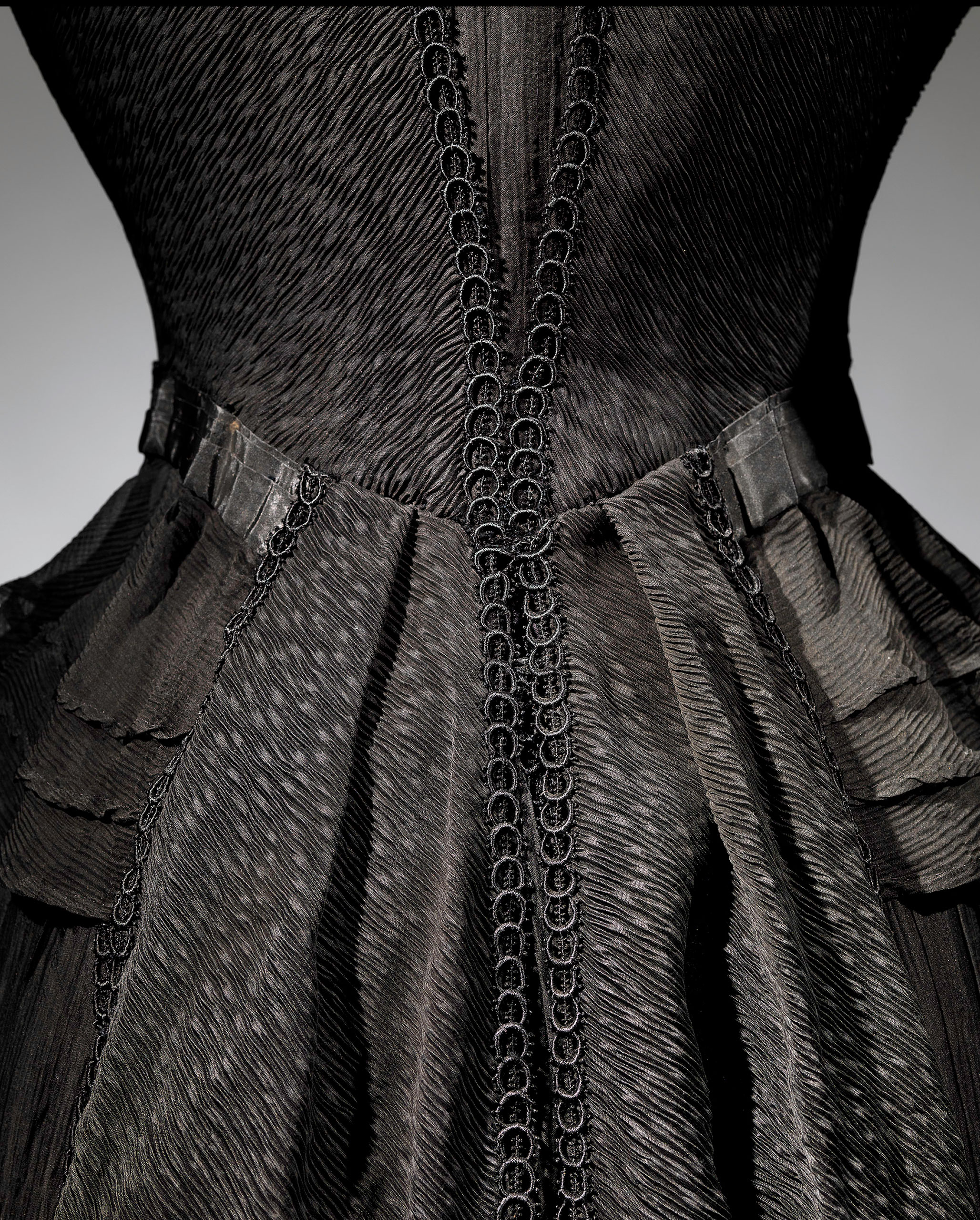
“Widows are all much in demand,” sings the titular character in an English-language translation of The Merry Widow. “And if the poor things should be rich / Then there’s no end to the suitors at hand!”
And with so many gawkers gawking, a widow ought to be well dressed.
Mourning attire from 1815 to 1915 is the subject of a new exhibit at the Metropolitan Museum of Art, “Death Becomes Her: A Century of Mourning Attire,” opening Tuesday in New York. And though Harper’s Bazaar urged “nun-like simplicity” of widow’s weeds in 1868, many of the frocks on display are very grand, embellished with lace, fringe and beads.
The period’s dichotomy of dress reflects the opposing aspects of widowhood: on one hand, a widow’s two years of wearing black reflected her chaste sadness. On the other, it signaled that she was sexually experienced, maritally unattached and possibly endowed with a new fortune of her own.
Some also found all-black attire to be quite fetching. After Queen Victoria’s death, Consuelo Vanderbilt’s husband observed her in her mourning outfit and paid her a “rare compliment:” “If I die, I see you will not remain a widow long.”
Upper-class women like Vanderbilt could afford to have black gowns made in the contemporary fashion, reflecting current trends in all but color. If one could not afford a new wardrobe of mourning clothes, one might apply some advice from the Rolling Stones to their existing wardrobe and “Paint It Black” (or dye it, anyway).
Different expectations of attire were in place depending on what family member a woman lost — a husband’s death required the most, a parent or sibling’s a bit less. As they moved into later mourning periods, they might incorporate white or gray stripes, checks and accents and even mauve was considered acceptable.
The strict codification of mourning attire only eased up during and after World War I, when so many lost husbands, fathers and sons. As Vogue noted in 1918, “Women felt, and rightly, that the indulgence of personal grief, even to the extent of wearing mourning, was incompatible with their duty to themselves, to their country, and to the men who cheerfully laid down their lives.”
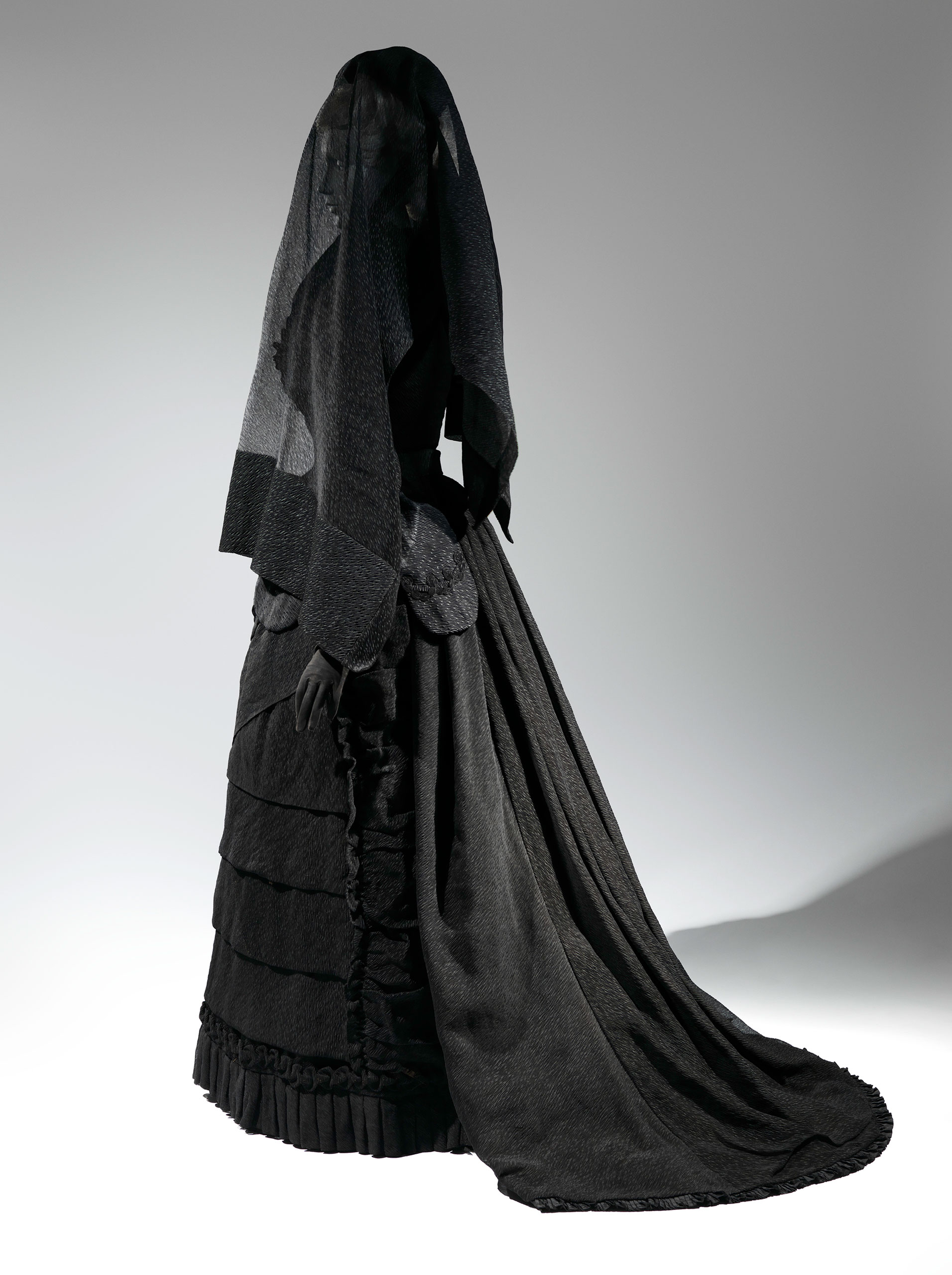


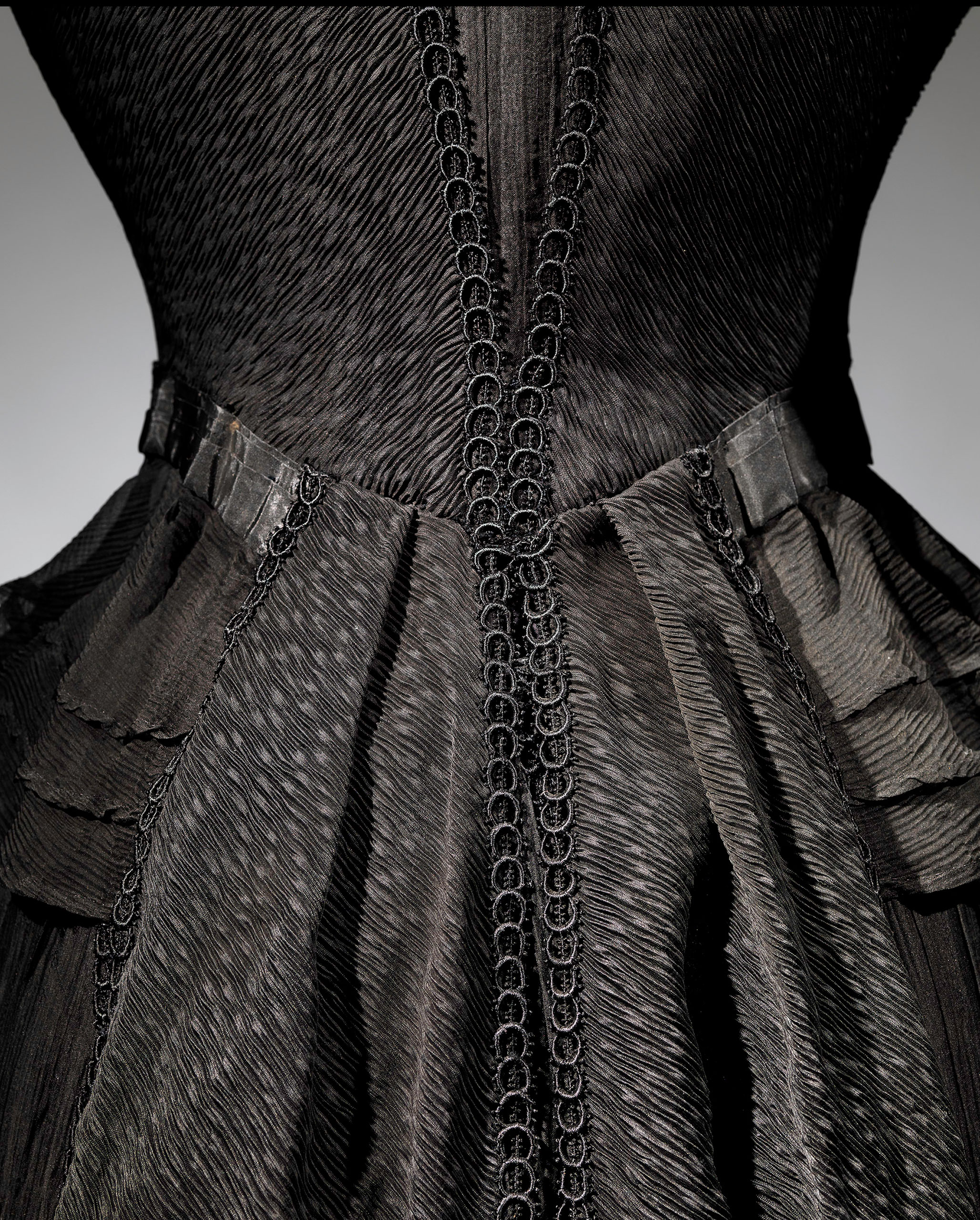
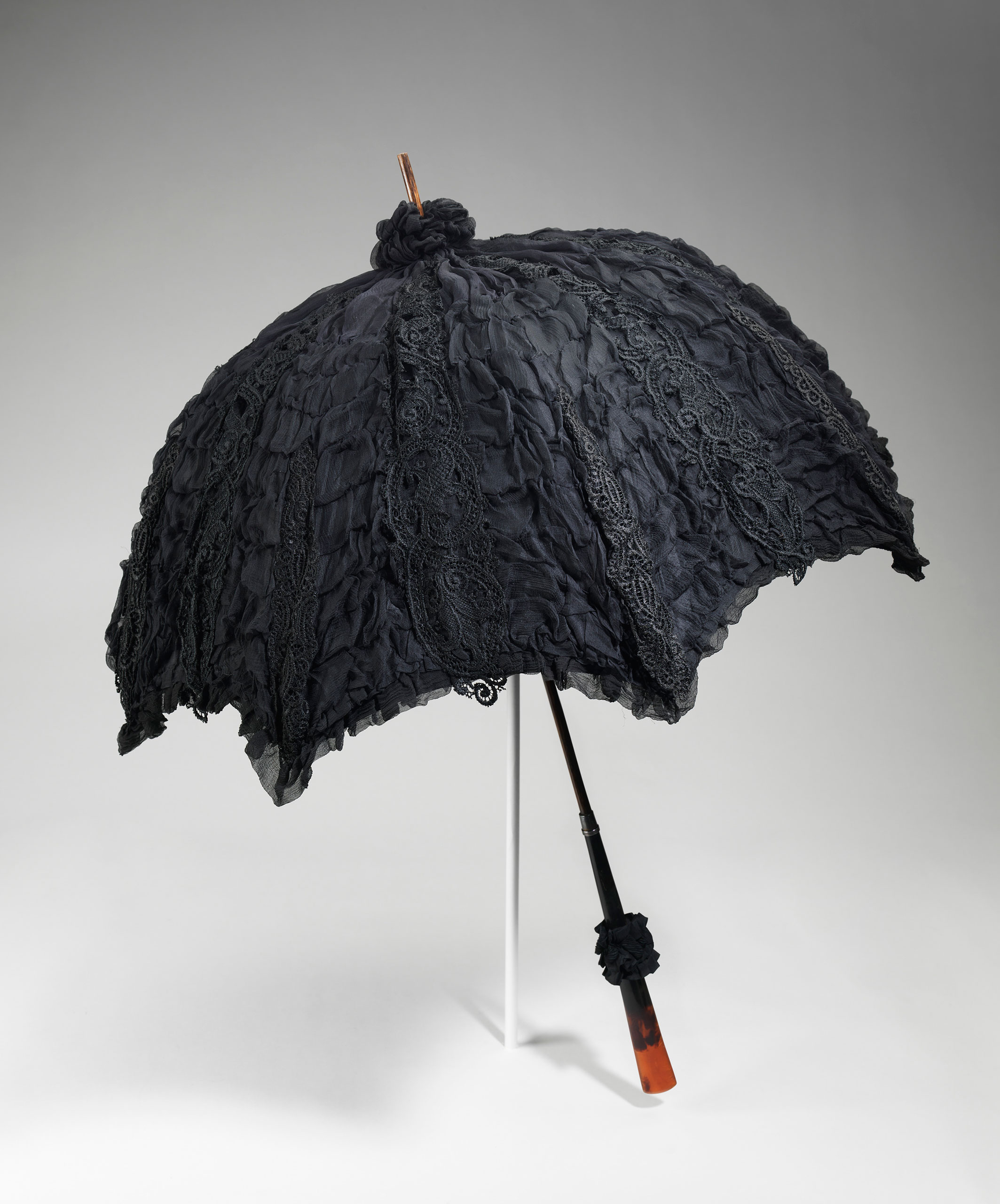
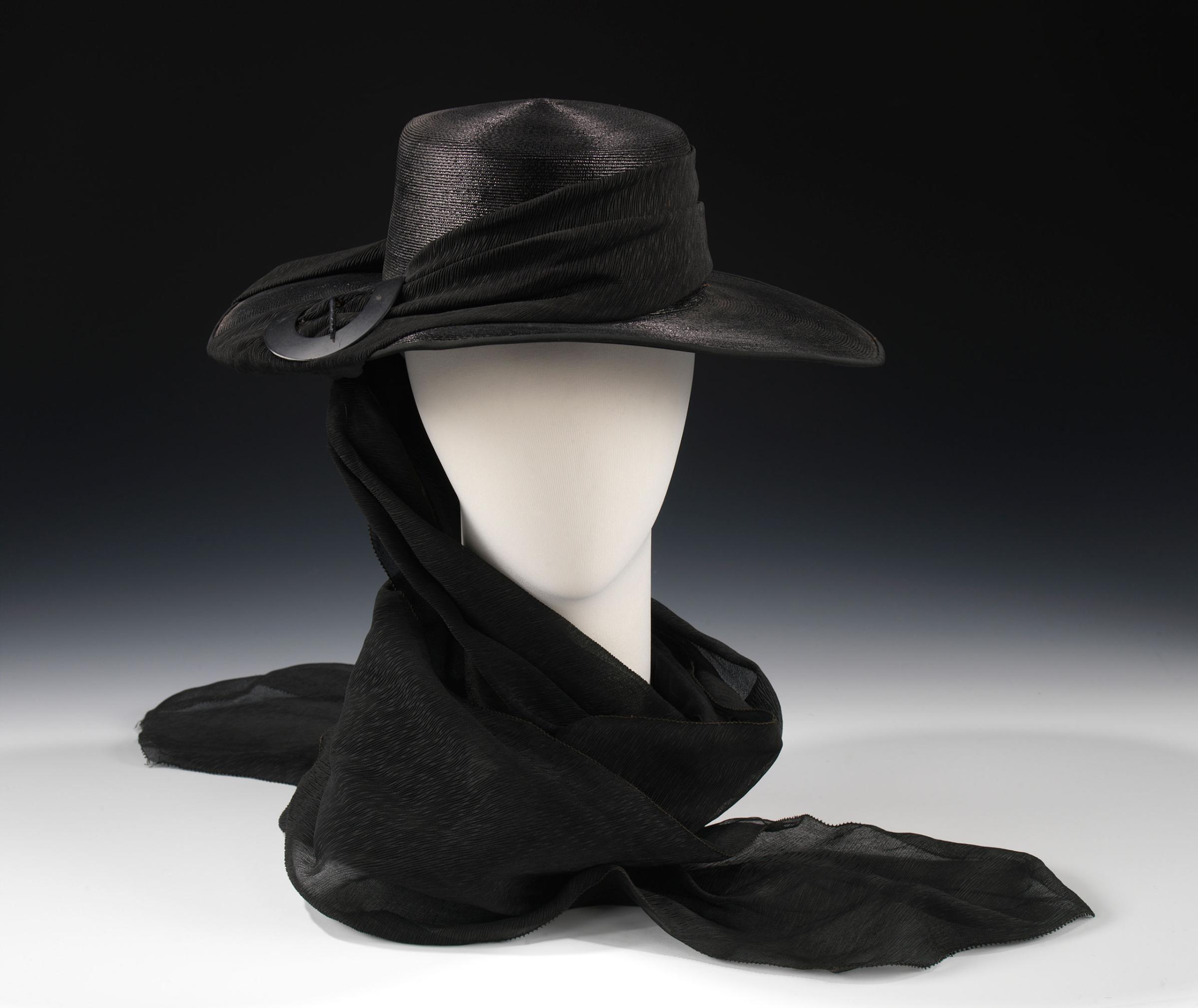

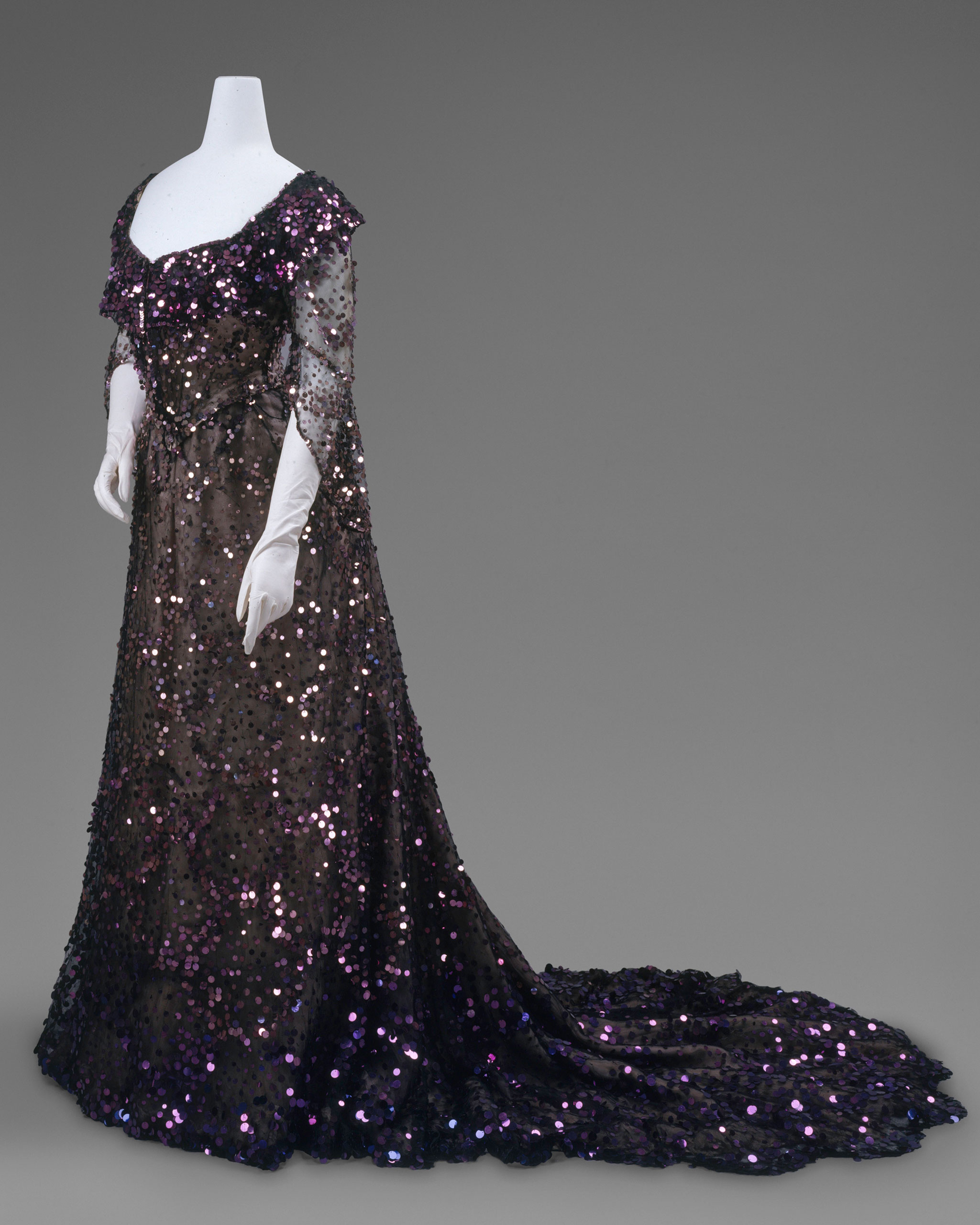
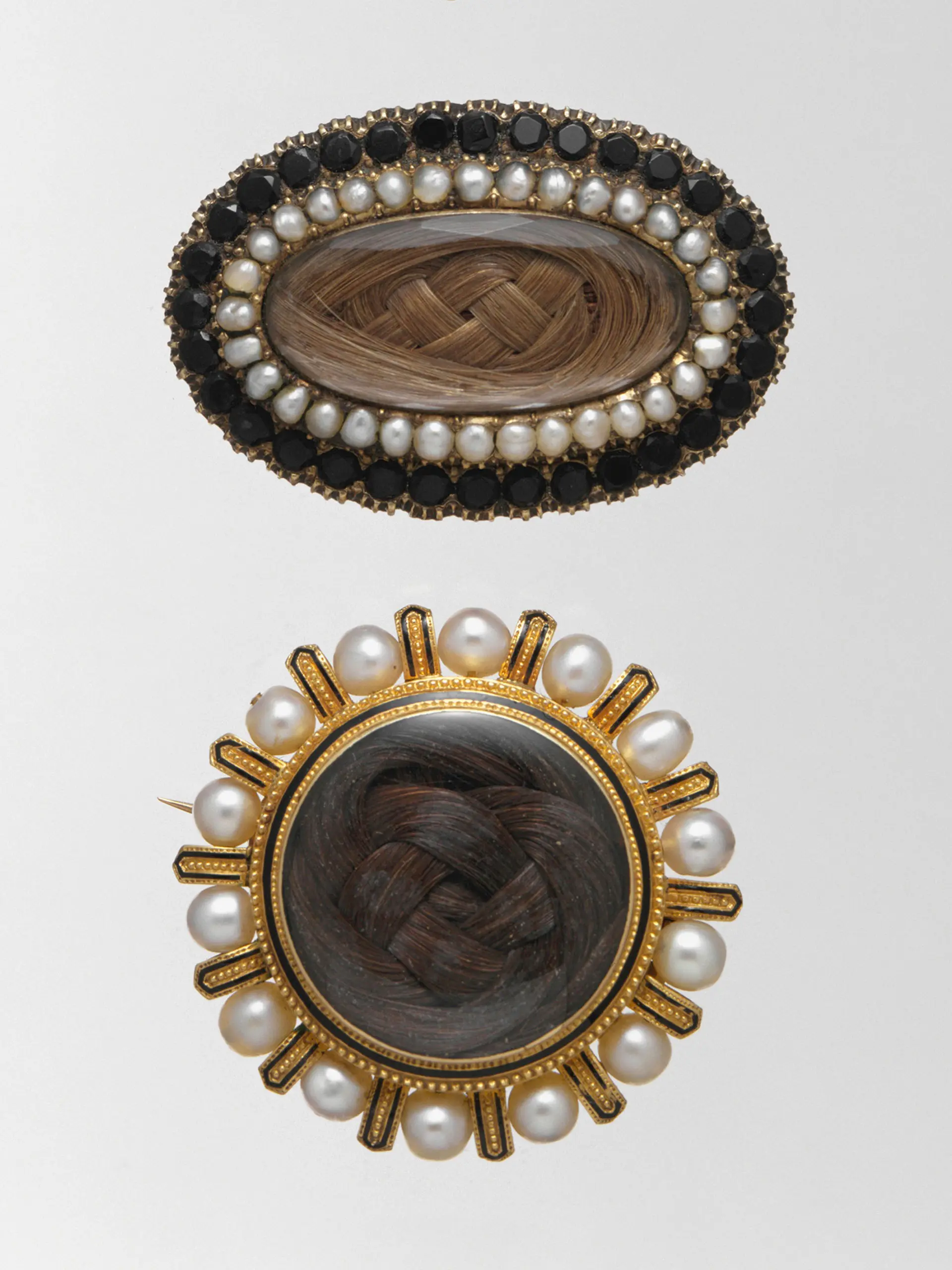
More Must-Reads from TIME
- Cybersecurity Experts Are Sounding the Alarm on DOGE
- Meet the 2025 Women of the Year
- The Harsh Truth About Disability Inclusion
- Why Do More Young Adults Have Cancer?
- Colman Domingo Leads With Radical Love
- How to Get Better at Doing Things Alone
- Michelle Zauner Stares Down the Darkness
Contact us at letters@time.com